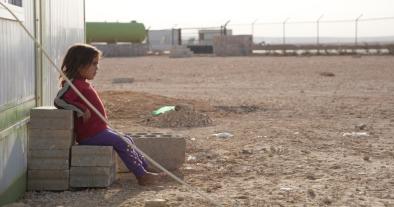Science Source
Radiative forcing & internal climate variability relative contribution to late 20th Century winter Mediterranean region drying
- Examines the roles of anthropogenic climate change and internal climate variability in causing the Mediterranean region’s late 20th Century extended winter drying trend using 19 coupled models from the Intergovernmental Panel on Climate Change Fourth Assessment Report
- States the observed drying was influenced by the robust positive trend in the North Atlantic Oscillation (NAO) from the 1960s to the 1990
- Uses model simulations and observations to assess the probable relative roles of radiative forcing, and internal variability in explaining the circulation trend that drove much of the precipitation change
- Assesses how well the models can produce multidecadal trends of realistic magnitude, and applies signal-to-noise maximizing EOF analysis to obtain a best estimate of the models’ (mean) sea-level pressure (SLP) and precipitation responses to changes in radiative forcing
- Regresses observed SLP and Mediterranean precipitation fields onto the timeseries associated with the models’ externally forced pattern and calculates the implied linear trends in both fields between 1960 and 1999
- Concludes that the radiatively forced trends are a small fraction of the total observed trends
- Argues that the robust trends in the observed NAO and Mediterranean rainfall during this period were largely due to multidecadal internal variability with a small contribution from the external forcing
- States that radiatively forced trends in circulation and precipitation are expected to strengthen in the current century and this study highlights the importance of their contribution to future precipitation changes in the region
Related Content
Science Source
| American Meteorological Society
On the Increased Frequency of Mediterranean Drought
Martin Hoerling, Jon Eischeid, Judith Perlwitz et al
Headline

Mar 14, 2016 | Amnesty International
Syria's refugee crisis in numbers
Science Source
| UN-ESCWA
Inventory of Shared Water Resources in Western Asia
United Nations Economic and Social Commission for Western Asia (ESCWA)
Science Source
| SAIS Review of International Affairs
Did We See It Coming?: State Fragility, Climate Vulnerability, and the Uprisings in Syria and Egypt
Caitlin E. Werrell, Francesco Femia, Troy Sternberg


